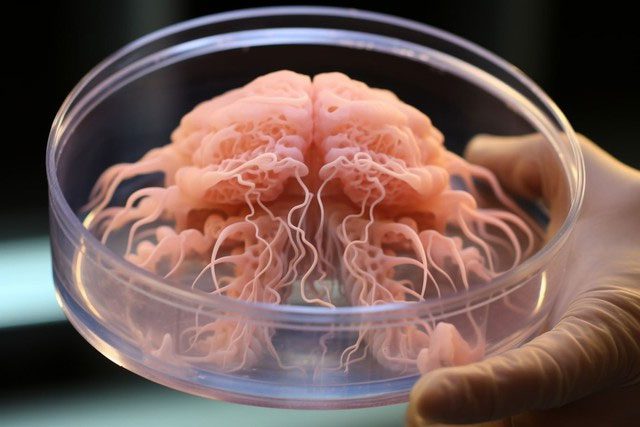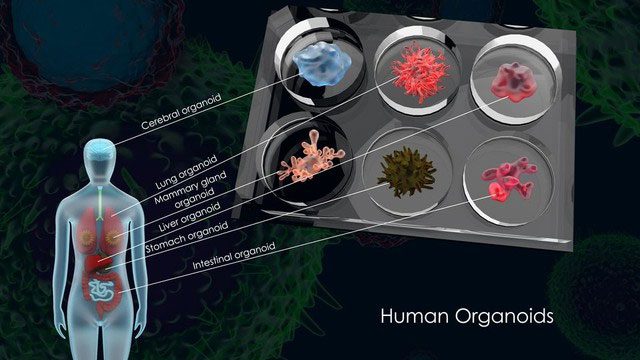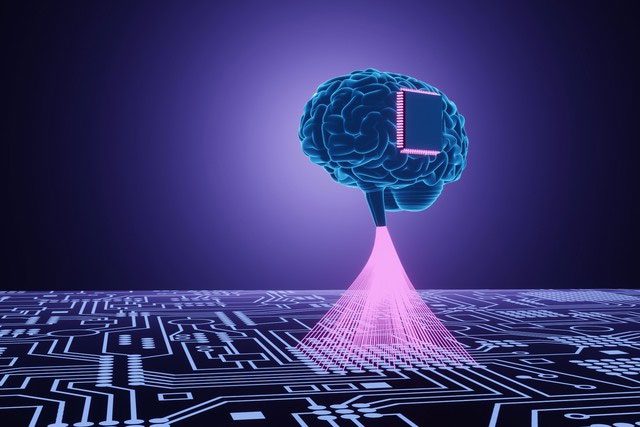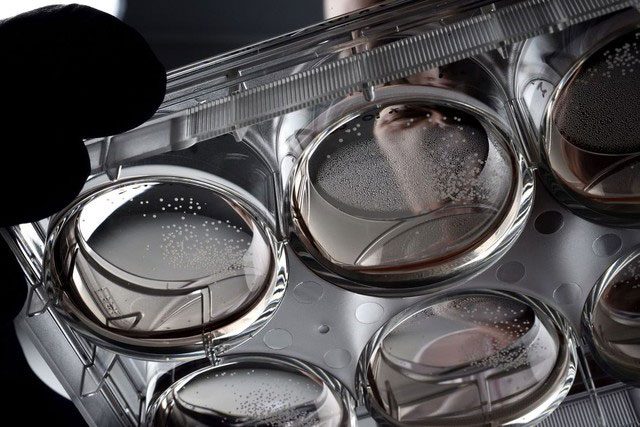Have you ever thought about how powerful and intelligent a computer could be if we could construct it using the human brain? Have you ever wondered if we could combine the human brain with computers, creating an entirely new form of life and intelligence?
These questions may seem far-fetched or even absurd, but they have become the goal of several researchers within the scientific community. In recent years, a type of biological material known as brain organoids has garnered significant attention from scientists. This material is developed from human stem cells in vitro and can mimic certain structures and functions of the human brain, such as neurons, synapses, and neural networks.
Scientists hope that by studying organs like the human brain, they can uncover the mysteries of the brain and treat neurological diseases such as Alzheimer’s, autism, and epilepsy. Moreover, some researchers are even striving to integrate human brain organoids with electronic devices to create a new type of biological computer. This computer utilizes the biological neural networks of human brain organoids to perform calculations such as voice recognition, image processing, and logical reasoning.
Such computers have the potential to be more energy-efficient, flexible, and powerful than traditional silicon-based computers, and they could also provide new ideas and foundations for the development of artificial intelligence and neuroscience. So how exactly are human brain organoids created? How closely do they resemble real human brains?

The biological material brain organoid has attracted significant attention from scientists. (Illustrative image)
Creating human brain organoids is based on stem cell technology. Stem cells are cells that have the ability to self-renew and differentiate into various types of cells, and they can be obtained from embryos, placenta, umbilical cord blood, or adult tissues. Through a series of chemical and physical stimuli, scientists can induce stem cells to differentiate into neural progenitor cells, which are the foundation for brain development, and these can further differentiate into various types of neurons such as neurons, astrocytes, and oligodendrocytes, etc.
During in vitro cultivation, neural progenitor cells automatically aggregate into a spherical structure known as a neurosphere. These neurospheres can continue to grow and differentiate in a culture environment to form human brain organoids with complex morphology and functionality.
Human brain organoids typically range in size from a few millimeters to several centimeters, and they can mimic certain regions and features of the human brain, such as the cortex, hippocampus, cerebellum, and retina. The biological materials in human brains can also generate some brain-related activities, such as producing neurotransmitters, forming synapses, and generating electrical signals.

The biological materials in human brains can also generate some brain-related activities. (Illustrative image)
Neural networks are computational models that simulate biological neural systems, consisting of many interconnected neurons, each capable of receiving and sending information, processing it, and outputting it according to specific rules. Neural networks can adjust the intensity and threshold of connections between neurons through learning, thus realizing functions such as identifying, classifying, and predicting input data.
The human brain organ itself is a natural neural network comprising millions to hundreds of millions of interconnected neurons through synapses, forming complex neural pathways.
Scientists can communicate with human brain organoids by sending or receiving electrical signals to them using techniques such as microelectrode arrays, optical stimulation, and magnetic stimulation. In this way, scientists can train human brain organoids to complete computational tasks such as voice recognition, image processing, and logical reasoning.

The human brain organ itself is a natural neural network. (Illustrative image)
For example, Professor Guo Feng and his team at Indiana University Bloomington have developed a system called Brainoware, which uses the biological neural networks of human brain organoids to achieve voice recognition capabilities. To create Brainoware, researchers placed an organoid on a plate containing thousands of electrodes to connect the brain to electrical circuits.
They then converted the desired input into an electrical pulse and delivered it to the organoid. The brain tissue’s response was collected by sensors and “decoded” using machine learning algorithms to identify relevant information. To test the capabilities of Brainoware, researchers used this technology for voice recognition.
This method involved training on 240 recordings of 8 people speaking, converting sound into electrical energy, and transmitting it to the organoid. Brainoware, the small brain, responded differently to each sound, creating various patterns of neural activity. The AI learned to identify the speaker by interpreting these responses. After training, the audio recognition system achieved an accuracy of 78%.

The Brainoware system uses the biological neural networks of human brain organoids to achieve voice recognition capabilities. (Illustrative image)
Although more research is needed, this study confirms some key theoretical points, “this technology can be used to study the brain.” Because the biological materials in the brain can replicate the structure and function of a fully functioning brain, using Brainoware could simulate and study neurological disorders such as Alzheimer’s, autism, and epilepsy.
By observing the responses of the biological materials, it is possible to test the effects and side effects of various treatment methods. However, despite the scientific value and vast application potential of fabricating and computing human brain organoids, it also poses several scientific and technological challenges, as well as ethical and social issues.
First, there are still some technical difficulties and limitations in producing human brain organoids. For instance, the size and complexity of human brain organoids cannot be compared to a real human brain; they can only mimic certain local regions and functions of the brain but cannot form complete structures and networks. Additionally, cultivating and maintaining human brain organoids requires significant time and expertise, and their stability and reproducibility need improvement.

Cultivating and maintaining human brain organoids also requires significant time and expertise. (Illustrative image)
Second, computing with human brain organoids also faces certain technical challenges and limitations. For example, the computational capability of human brain organoids is still very limited; they can only perform some simple tasks and cannot process complex information and issues.
Moreover, the computational processes of the organs in the human brain are very difficult to monitor and control, and their neural activities and outputs are challenging to interpret and understand. Finally, the creation and computation of human brain organoids also raise various ethical and social issues. For instance, is the sourcing and use of human brain organic materials legal and ethical? Should human brain organoids be respected and protected? These issues relate to human values and ethics and require the scientific and social communities to discuss and establish standards together.
Although many issues remain with this technology, human brain organoids are a marvelous and mysterious existence that allows us to imagine and explore more about the mysteries and potentials of the human brain. Perhaps one day we will be able to develop a complete human brain in the laboratory and create a biological computer that surpasses existing computers. At that point, we will face an entirely new world, a world full of opportunities and challenges.


















































